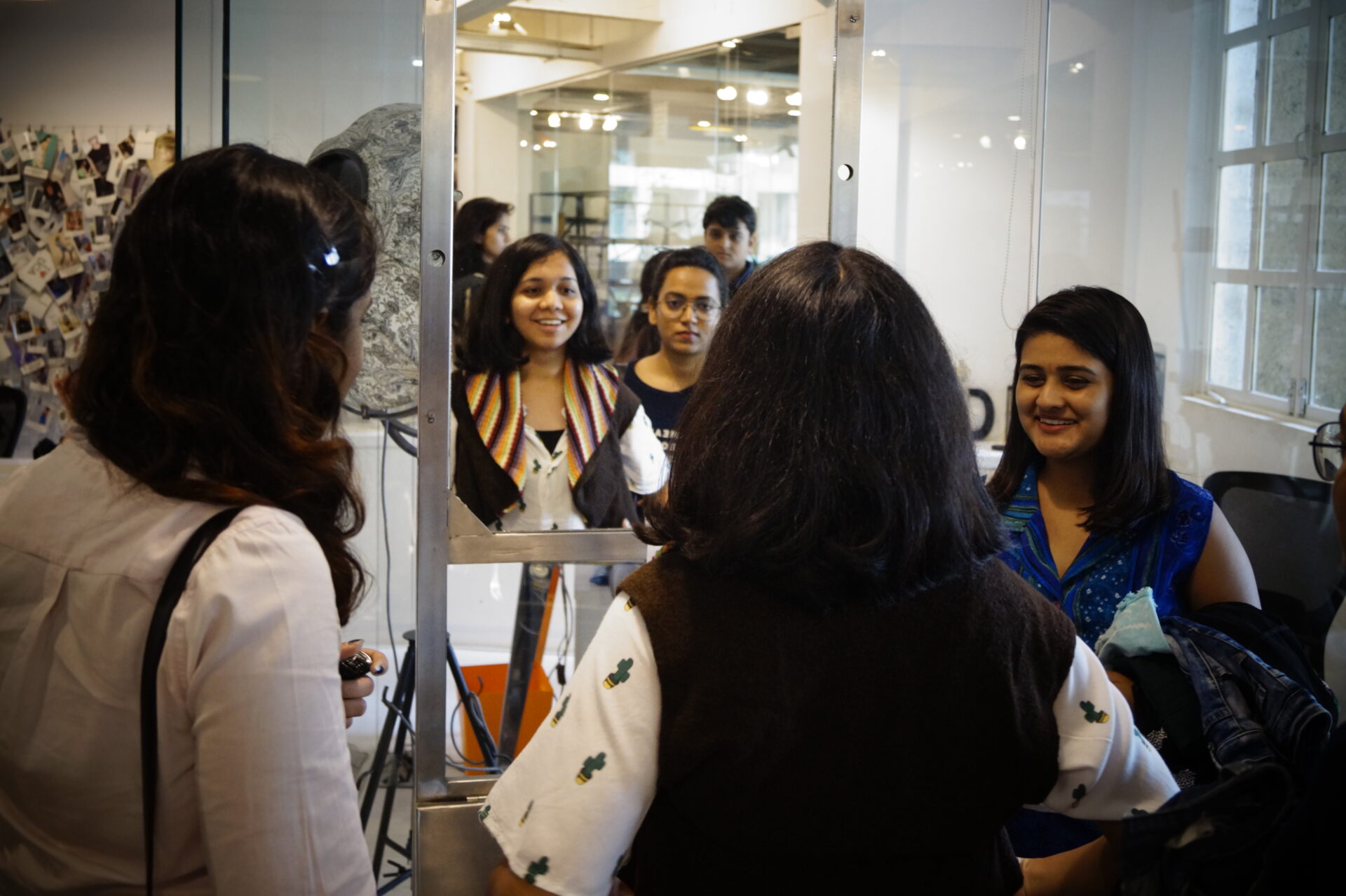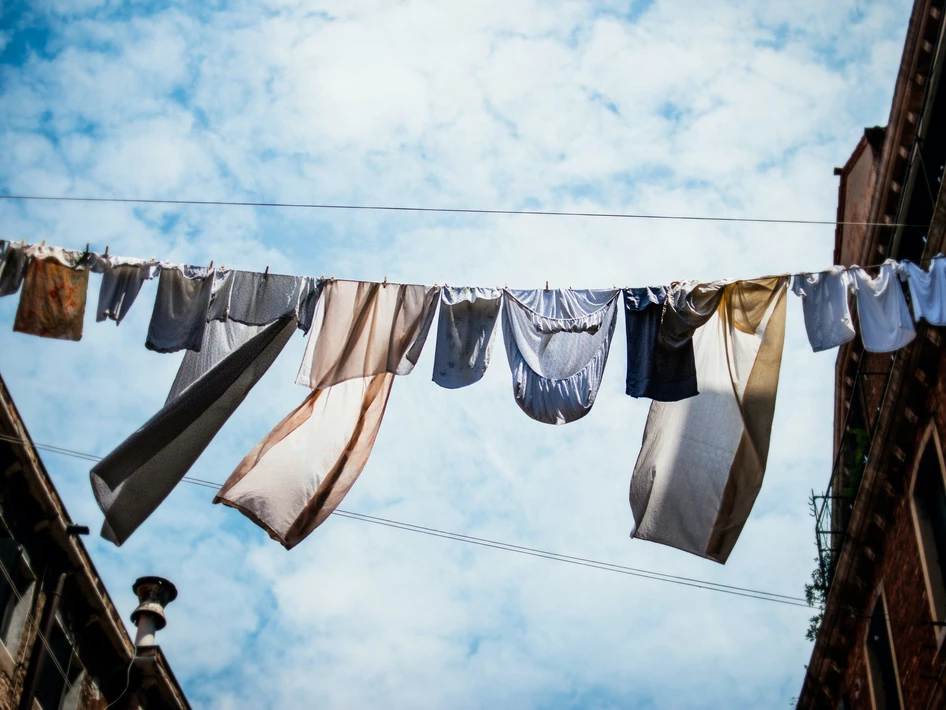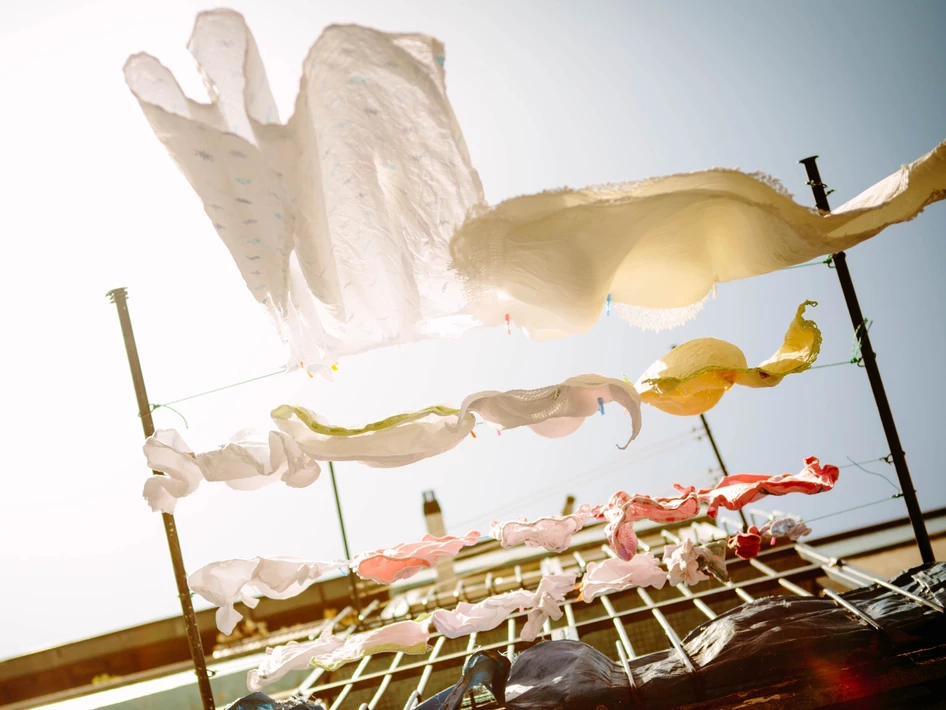Sweater weather… Festive dos… Wedding season… There’s a nip in the air, and the smell of naphthalene balls wafts out your trunks, as you dig out clothes that haven’t seen light of day in a while. It is also the time we start getting bombarded with season’s sales and offers, pushing us to buy more. According to a 2021 survey called Festive Season Pulse, 91% of consumers planned a purchase during the festive season, last year. It’s a cycle that repeats, year on year. A Fashion United study revealed, people do not wear 50% of their clothes. Turn this narrative around by organizing your own swap party.
![]() Over the years, we have all borrowed and lent clothes, amongst our friends and siblings. A swap party helps you expand the ambit, enabling you to exchange clothes with total strangers, even. In September 2022, Fashion Revolution organized what may have been the largest swap party, across 13 Indian schools and colleges.
Over the years, we have all borrowed and lent clothes, amongst our friends and siblings. A swap party helps you expand the ambit, enabling you to exchange clothes with total strangers, even. In September 2022, Fashion Revolution organized what may have been the largest swap party, across 13 Indian schools and colleges.![]()

![]() Imagine wearing something new without having to spend a penny! While also making space for it, in your wardrobe, by getting rid of something you don’t wear. And not by throwing it in the trash! It’s time we moved away from the pressure of having to buy new, expensive outfits, and swapped our clothes instead. After all, it’s new as long as it’s new to you!
Imagine wearing something new without having to spend a penny! While also making space for it, in your wardrobe, by getting rid of something you don’t wear. And not by throwing it in the trash! It’s time we moved away from the pressure of having to buy new, expensive outfits, and swapped our clothes instead. After all, it’s new as long as it’s new to you!
![]() Hosting a swap party is fun, but if it’s your first time, it can be daunting. Here’s what to keep in mind, while organizing your own swap party.
Hosting a swap party is fun, but if it’s your first time, it can be daunting. Here’s what to keep in mind, while organizing your own swap party.

Pick a suitable venue. Make sure the venue is big enough for the expected number of people. Ask people to pre-register, so you have a handle on things, and the flexibility to move to a bigger venue, should numbers get out of hand.
Amplify. Social media and group chats are a great way to spread the word. Create hashtags that people can include with their stories or posts, before and after the swap party.

Give clear timings. It is important to assign a start and finish time to the swap, so the swap party remains organized and you are able to keep track.
Have a credit system in place. Not everyone is likely to get the same number of things. Even if you’re clear about how many items people can bring, everyone may not like what’s on offer. At a swap organized by The Kind Business, one visitor came with 8 items, and didn’t like a single thing. ‘She came to ask for her things back, but some of them had already been sold,’ says co-founder Shalini Bharat. ‘We had to make up with vouchers from the café we’d organized the swap at.’

Keep luxury separate. A mismatch in the value of items can turn things sour, especially where luxury items are involved. A credit system, as stated above, may help bridge smaller gaps, but it’s always safer to keep a luxury swap exclusive to high-end items.
Be specific about the dos and don’ts. Participants should only bring wearable outerwear, such as shirts, tops, trousers, dresses and jackets. It is important to mention there should be no innerwear or socks. Also, the clothes need to be in good condition, and should be cleaned and ironed.

Check the items before accepting them. While you may have specified that clothes need to be in good condition, sometimes minor damages get missed. There may be other issues, too. Like, at a swap party we organized, for students, someone got a T-shirt that had been designed for a family holiday and had the family name on it. You can better this by checking the condition of the items at the entrance.
Make it interesting with an extra something. You could bring in an industry expert, or screen a movie. This way, you are doing the work as well as educating the audience on why swapping contributes to sustainability.







